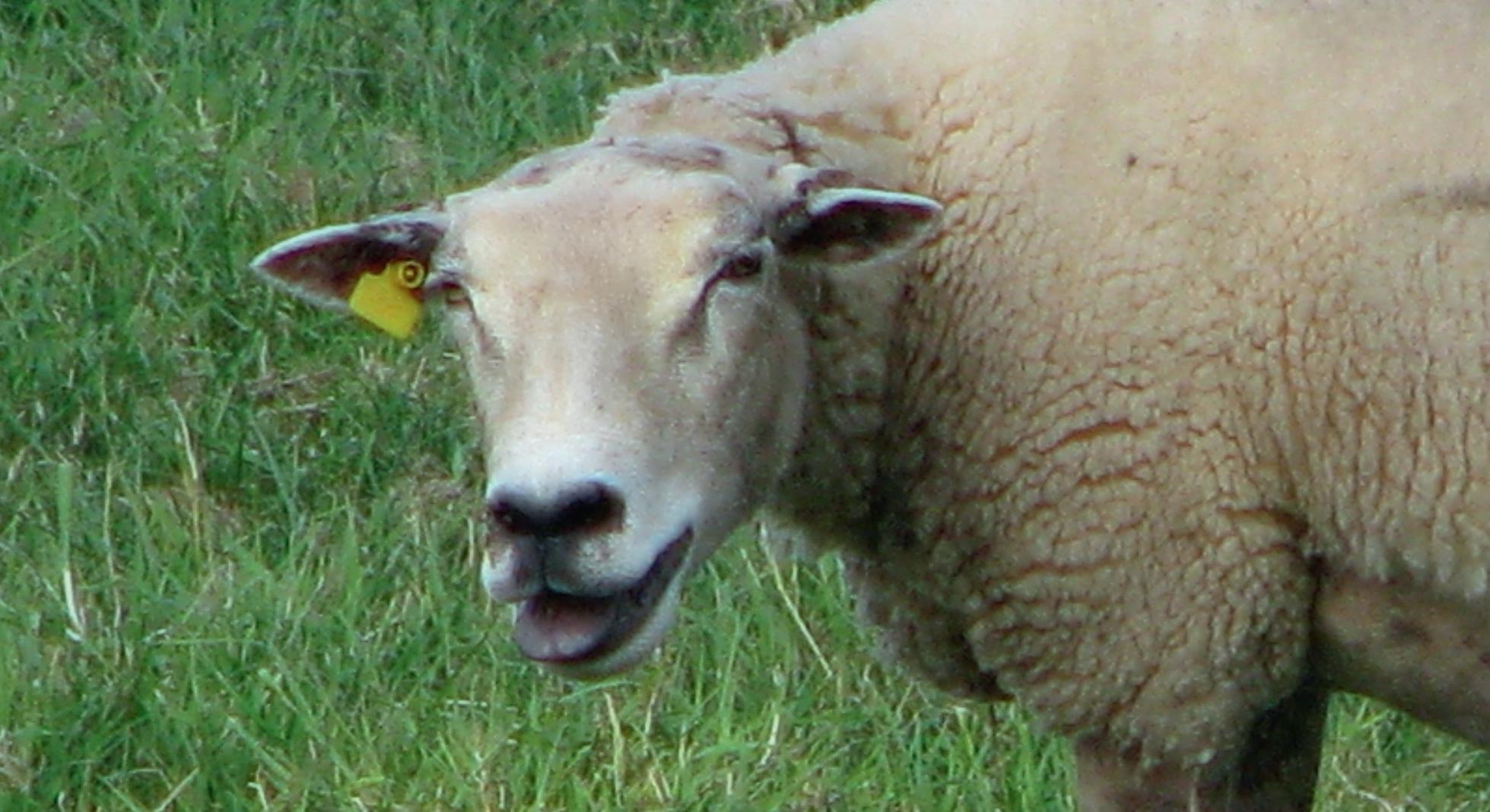






René van den Brom1, Tara de Haan1, Jos Kievits2, Marian Aalberts3, Karianne Peterson1
1Department of Small Ruminant Health, Royal GD, P.O. Box 9, 7400 AA Deventer, the Netherlands; 2Veterinary Practice Terschelling, Westerdam 12, 8891 GM, Midsland, The Netherlands; 3Department of Research and Development, Royal GD, P.O. Box 9, 7400 AA Deventer, the Netherlands.
Introduction and Research Hypothesis
This project describes a collaboration between veterinary practice Terschelling, the local sheep and goat farmers association on the island and Royal GD. The aim of the project was eradication of small ruminant lentivirus (SRLV) on the Wadden island of Terschelling, and moreover generating attention to the importance of freedom from SRLV. Maedi-visna (MV) in sheep and caprine arthritis encephalitis (CAE) in goats are progressive inflammatory diseases that mainly affect the mammary glands, the joints, the lungs, and the central nervous system. MV and CAE are caused by MV virus and CAE virus, retroviruses that belong to the group of SRLV (Minguijón et al., 2015). Since the 1980s, GD runs an accreditation programme for MV in sheep and later added an accreditation scheme for CAE in goats, based on serological screening using an ELISA (Aalberts et al., 2021; Peterson et al., 2022).
Materials and methods
In the initial year of the project, sheep milk samples were tested by a SRLV antibody ELISA (Hyphen Biomed). The following two years, blood samples from almost all sheep and goats on the Wadden island of Terschelling were tested for antibodies against SRLV, using the same ELISA (Aalberts et al., 2021).
Results
In the first (milk) sampling round, one flock had more than one SRLV positive sheep. This small scale farmer sold his SRLV-infected flock and was enabled by the other participants of the project to start over with SRLV negative sheep. At the last two (blood) sampling moments, separated by a year, all sheep and goats tested on the Wadden island of Terschelling were SRLV antibody negative. Unfortunately, one small scale sheep farmer with nine animals decided not to participate. In the year after the project finished, several farmers lost their official SRLV free status after introduction of replacements that came from nonSRLV-accredited flocks. At contacting these farmers they mentioned that the introduction of non SRLVaccredited sheep was unintentionally, subconscious and still not a part of their regular management, despite that they mentioned that remaining free of SRLV was important to them.
This poster shows the results of an unique project. Within this project involvement and dedication of the local veterinary practice as well as the local sheep and goat breeders association was indispensable for successful eradication of SRLV on the Wadden island of Terschelling. After eradication, farmers’ awareness on do’s and don’ts after reaching SRLV-accreditation, and the sociological considerations regarding their flock management in relation to risks of (re-)introduction of SRLV are of great importance to maintain the SRLV free status.
References
• Aalberts M, Peterson K, Moll L, Vellema P, van Maanen C. Evaluation of five SRLV ELISAs for fitness for purpose in sheep and goat accreditation schemes in the Netherlands. Small Ruminant Research 2021;202:106452.
• Minguijón E, Reina R, Pérez M, Polledo L, Villoria M, Ramírez H, Leginagoikoa I, Badiola JJ, GarcíaMarín JF, de Andrés D, Luján L, Amorena B, Juste RA. Small ruminant lentivirus infections and diseases. Vet Microbiol. 2015;181(1-2):75-89.
• Peterson K, van den Brom R, Aalberts M, BogtKappert CT, Vellema P. Loss of Caprine Arthritis Encephalitis Virus (CAEV) Herd Accreditation: Characteristics, Diagnostic Approach, and Specific Follow-Up Scenarios on Large Dairy Goat Farms. Pathogens. 2022;11(12):1541.

r.vd.brom@gdanimalhealth.com www.gdanimalhealth.com

